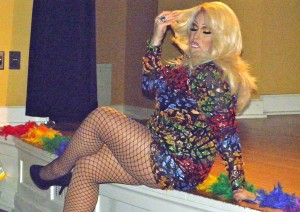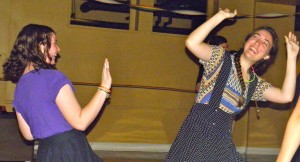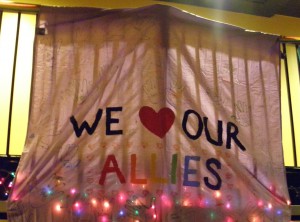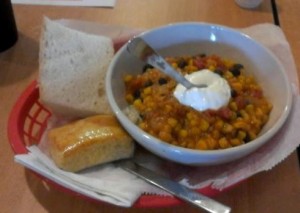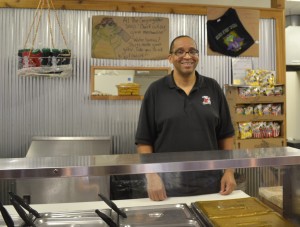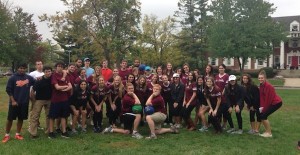By Sadie Slager
Transcript Reporter
In a strong conference that includes last year’s Division III national champions, the Ohio Wesleyan women’s basketball team looks to rebound and compete at a high level this season.
Last year the Battling Bishops had an 8-18 overall record and was 7-9 in conference play. They ranked sixth in the NCAC while conference competitor DePauw won the league tournament and went on to win the Division III championship.
Junior point guard Sarah McQuade, last season’s leading scorer, said she is looking forward to being with the team again.
“We are experienced and all expect the same thing, so everybody is excited and it’s awesome,” she said.
Winning is something junior Caroline Welker looks forward to this season.
We have an amazing group of girls this year with so much talent, as well as experience” she said. “It is up to the players to make it happen. The coaches have done all they can do in order to prepare us for this season, and we just have to compete. We are going to be a great team and I’m truly excited to play on the court with this group of ladies.”
Welker said NCAC teams other than DePauw will also be tough competition, but she said the team hopes to finish in the top three conference spots.
Welker said other goals include “finishing games” and ending the season with a winning record.
“We had multiple games where we were close, but lost it within a five-to-six minute spurt,” she said. “That can’t happen this year. We are also just looking to be flat out competitive in all games.”
“Kenyon, Denison and Wittenberg are always competitive,” she said. “We have high expectations for this season, and especially our conference games.”
McQuade said the team looks to improve its mental game this season.
“We had over five games (last season) where we had mental lapses causing us to lose, so if we can eliminate those we should be good to go,” she said.
She said the team can also improve upon rebounding, and preseason workouts have them prepared to improve in all areas. They players have worked on strength, agility and basketball-specific skills five days a week in the summer and fall.
“During off seasons you look to improve your all-around game and try to allow yourself to be the most prepared before practice begins,” she said. “It’s a lot of repetition work in those workout.”
Senior Julia Grimsley said the workouts have gone well so far.
“We are all working extremely hard as a team and individually and we came back in better shape than when we left, which is a bonus,” she said. “We have been lifting, playing open gyms, and working on agility and endurance.”
Grimsley said she is looking forward to seeing offseason work pay off. She said the season will be “challenging but rewarding” with tough NCAC competition.
According to Welker, the team’s hard work in last spring’s workouts was a “huge stepping stone.” This momentum continued when the team left campus after spring semester with more workouts and chances for players living in central Ohio to play in a summer league.
McQuade said this season’s record will better represent the team’s hard work.
“We all expect to be good and are all working hard to achieve that,” she said. “We will be much more experienced which will be an advantage in close games.”
Grimsley said the team, who had three seniors graduate this spring, now has a lot of players back who were injured last year and missed some of the season or the conference tournament.
“I think that in itself will show improvement on just working with them and getting them back into the games and using them,” she said. “Also, we are looking to improve our transition play and just capitalize off of where we left off last year as a team.”
According to Grimsley, freshman players will help the team improve. She said this year the team has many experienced players who know what to expect and will be able to apply everything they have worked toward in seasons past.
According to Welker, this season will be “leaps and bounds” more successful than last season. She said the team is going to win, compete and play together as a team.
“We all finally understand our roles on the team and we are committed enough to always put the team first, even if it is hard,” she said. “We are a team and not just a group anymore. We are really excited to get the ball rolling, and are looking forward to our first game in Boston.”

